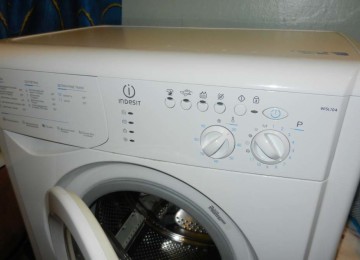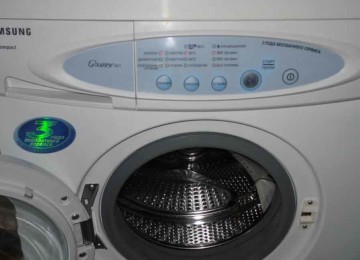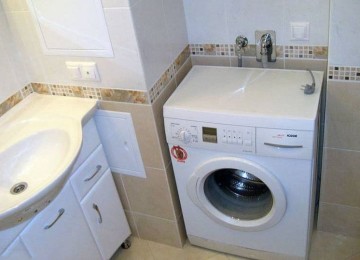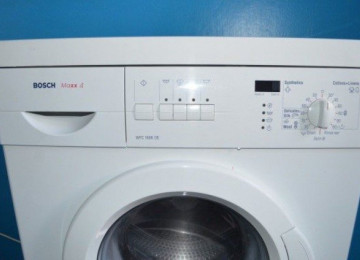Noise and grinding noises when the washing machine drum rotates indicate potential problems with its operation. If you hear a squeaking or cracking sound, it is important to understand why it is happening and take appropriate action. Let's look at the possible causes of noise in the washing machine when the drum rotates and offer recommendations for eliminating the problems.
Possible causes of squeaking in the washing machine
If the washing machine makes unusual sounds, there is a grinding noise or it creaks, you need to determine the cause of this phenomenon. The problems that cause noise are varied.Therefore, it is recommended to learn about common causes that lead to knocking or crackling noises.
Drum squeaks when rotating
A creaking or grinding noise while the washing machine is operating may indicate a problem with the drum itself. This may be caused by friction between the drum and its bearings or worn bearings. This squeaking noise indicates the need for maintenance or replacement of components.
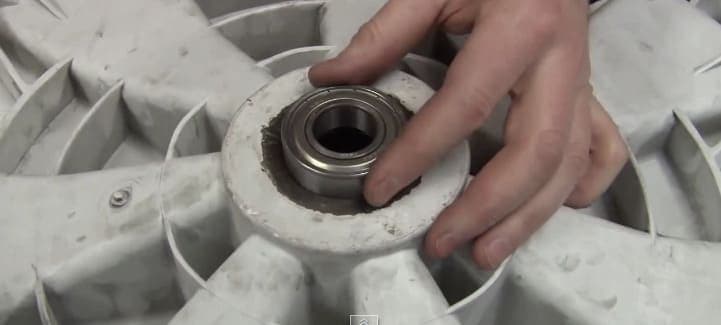
Shaft weakening
If the washing machine shaft is loose, it may cause a squeaking or knocking noise as the drum spins. This is often due to improper installation, worn fasteners, or bearing problems. Check the shaft mounting and, if necessary, tighten it or replace worn components.
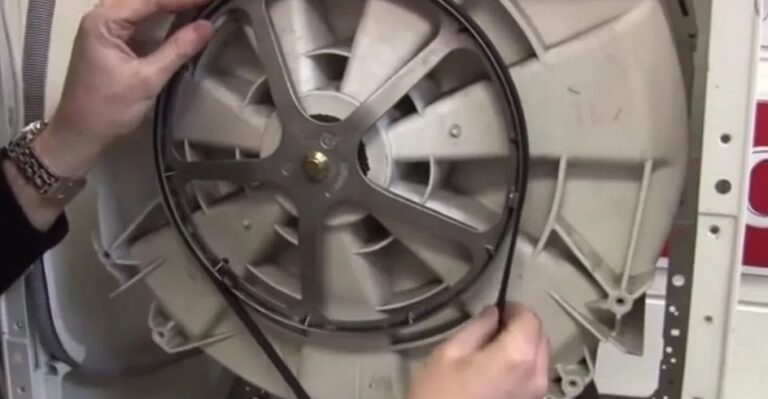
Small things got into the drum
Sometimes squeaking noises in your washing machine are caused by small objects such as buttons, coins or locks inside the drum. When rotated, these objects cause noise and squeaking. Check the drum for foreign objects and remove them to eliminate the cause of the squeak.

Drive belt stretched
The washing machine's drive belt is responsible for transmitting movement from the motor to the drum. If the belt is stretched or worn, it can cause squeaking and other noises when the machine spins or turns. In this case, the drive belt needs to be replaced.
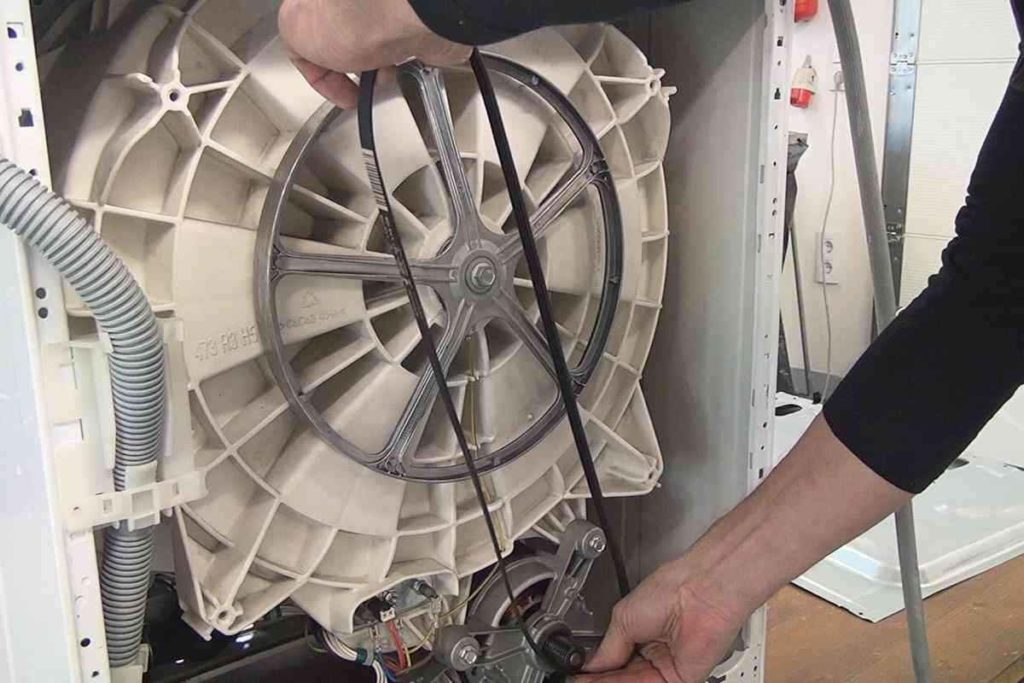
Creaking in shock absorbers and springs
Shock absorbers and springs in a washing machine are used to cushion and support the drum. If they are worn or damaged, this may cause squeaking sounds when the drum rotates or spins. Check the condition of the shock absorbers and springs and replace them if necessary.
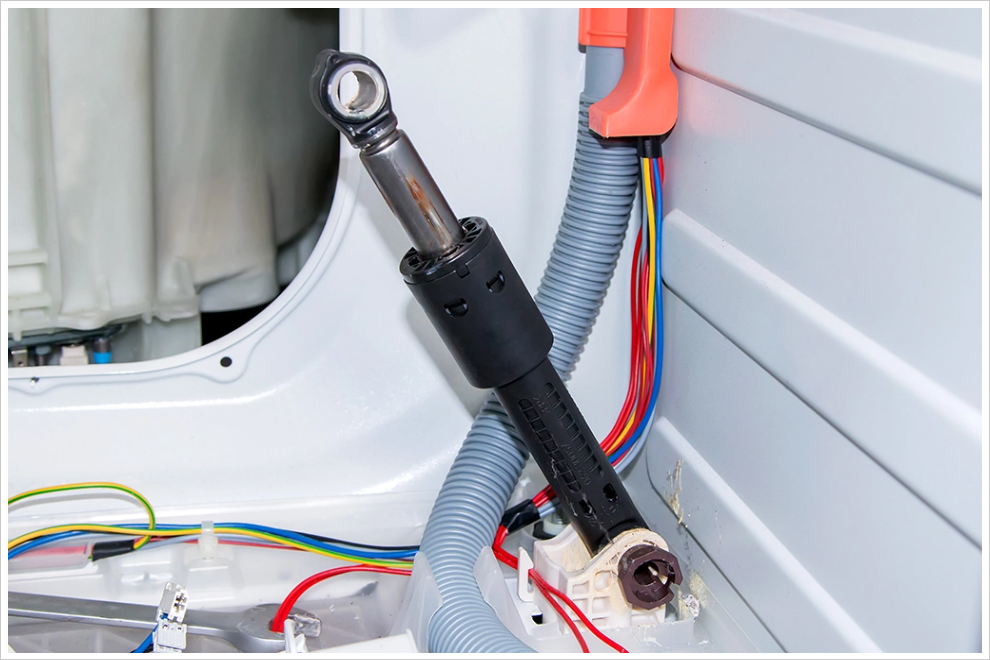
Creaking at body joints
The washer body joints may cause squeaking or squeaking sounds if they are loose or require lubrication. Check the joints and tighten them or apply lubricant if necessary to eliminate the sound.
Destruction of the bearing unit
The bearing unit in the washing machine ensures smooth rotation of the drum. If the bearings are worn or damaged, this can cause squeaking or grinding noises. Typically, replacing bearings will require contacting a specialist or service center.
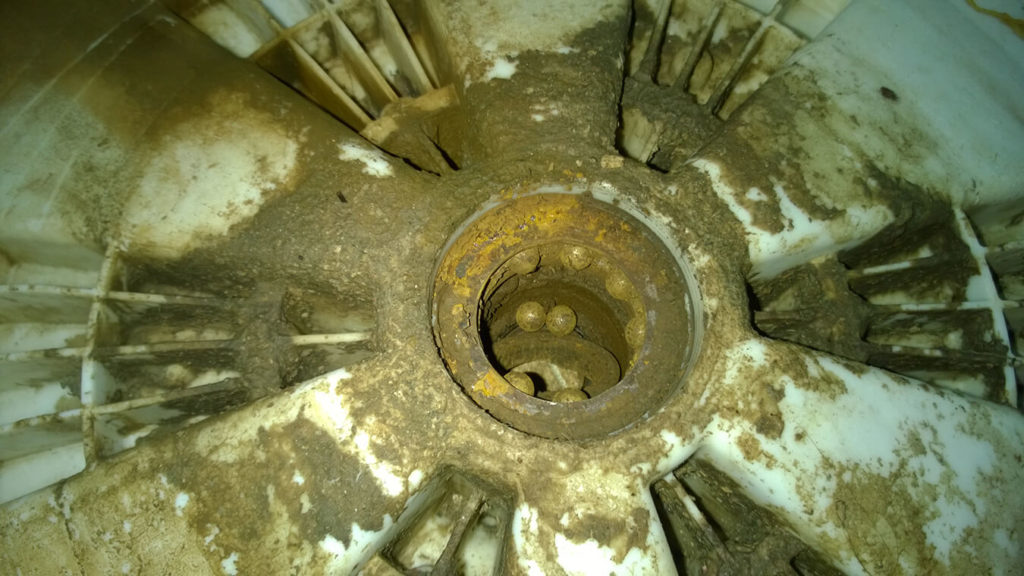
Imbalance
If the washing machine drum is not in balance, this will cause a squeaking or knocking sound when it rotates. Uneven distribution of laundry in the drum can cause imbalance. Try redistributing the laundry inside the machine. If the problem continues, the balancing mechanisms may need to be checked and adjusted.
Incorrectly positioned body
If the housing is not installed or secured correctly, the washing machine squeaks when the drum rotates. Check that the housing is installed correctly and, if necessary, adjust its position or secure it more tightly.
Worn shock absorbers
Shock absorbers in a washing machine are used to absorb vibrations and shocks during drum operation. If the shock absorbers are worn out, this will cause the machine to squeak, knock, or not function properly. Replace worn shock absorbers to correct this problem.
Incorrect installation
Incorrect installation of the washing machine, especially on an uneven surface, can lead to squeaking and knocking noises when the drum operates. Make sure the structure is installed on a level and stable surface, and use adjustable feet or pads for leveling.
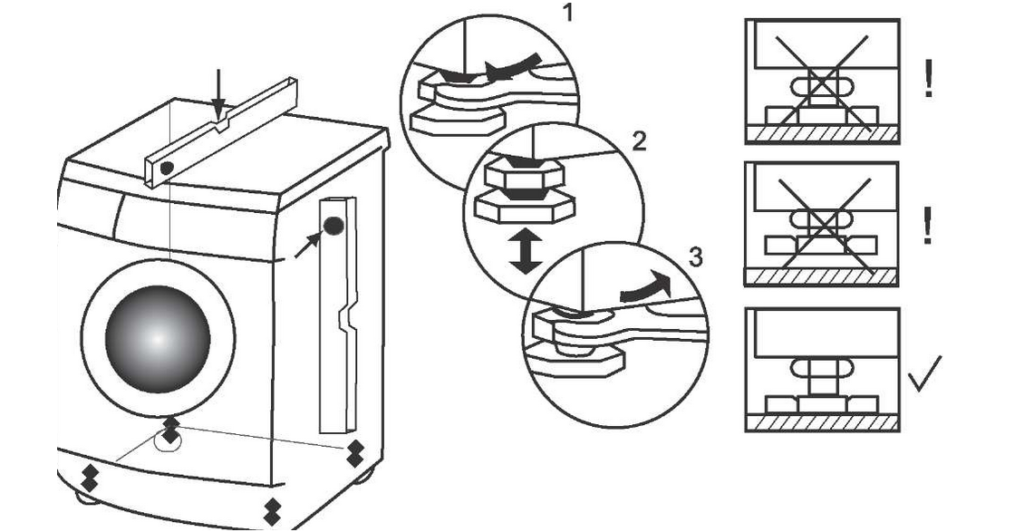
The transport bolts are not unscrewed
Washing machines come with shipping bolts that secure the drum during transport. If these bolts are not removed correctly before the machine is first started, they will cause squeaking or squeaking sounds when operating. Check that all shipping bolts have been loosened and removed.
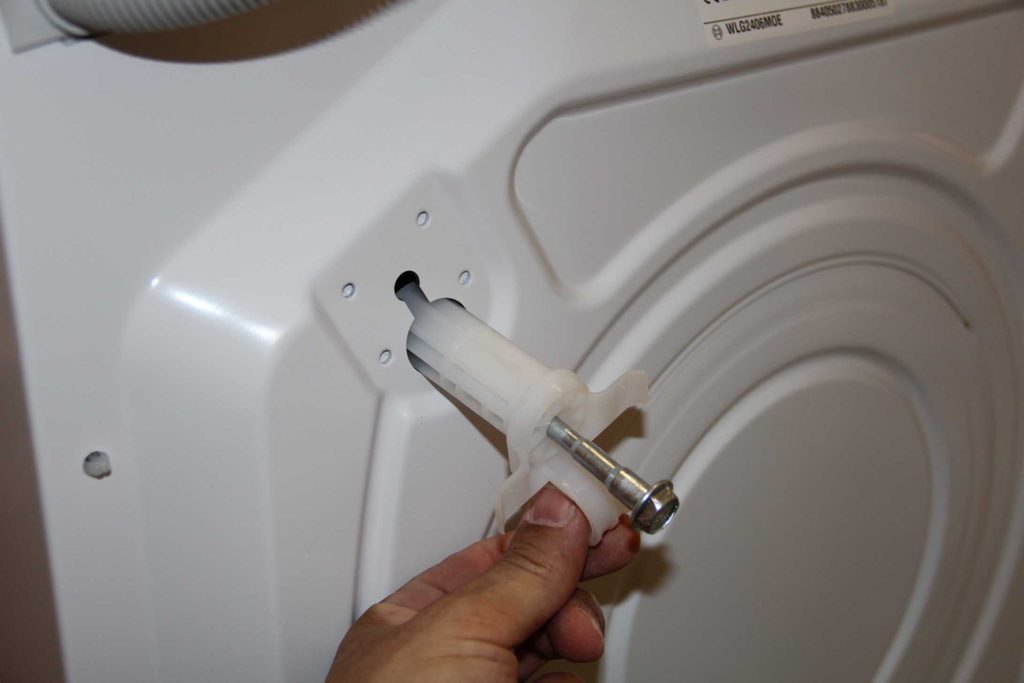
Uneven placement of counterweights
Counterweights in a washing machine are used to balance the drum and reduce vibration. If the counterweights are out of alignment or damaged, the machine will cause squeaking, knocking, or vibration when operating. Check the condition and correct location of the counterweights.
The seal does not fit the hatch size
The rubber O-ring that surrounds the washer door must be the correct size and fit snugly. If the seal is damaged, bent or does not fit properly, this will cause squeaking or grinding noises during operation. Replace the seal to resolve this issue.
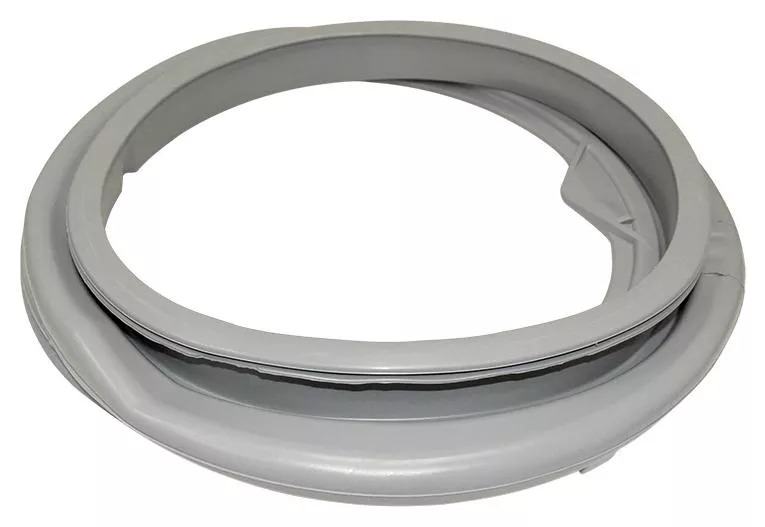
The counterweight is loose
The washing machine's counterweight, which compensates for drum vibrations, can become loose or weakened over time. Check the condition of the counterweight mounting and tighten the bolts if necessary.
Pulley loosening
The pulley that connects the motor and the drive belt may become loose or misaligned due to improper installation or wear. If the element is not securely fastened, this may cause squeaking or knocking noises when the washing machine operates. Assess the condition and fit of the pulley and tighten or replace it if necessary.
Damaged bearings
The bearings that allow the drum to rotate smoothly can become damaged due to wear or improper maintenance.Damaged bearings cause squeaking, knocking or vibration when the washing machine operates. If such parts are damaged, they must be replaced to correct the problem. Contact a specialist or service center for repairs.
Is it possible to eliminate the cause of the noise yourself?
Many washing machine owners want to identify and fix the problem themselves. This saves money and time, and there is no need to worry about transporting equipment to a service center.
Some problems can be easily dealt with on your own. A painstaking approach will help restore the functionality of a washing machine of any brand: Beko, LG, Samsung and others, and eliminate unnecessary sounds.
How can I fix this?
If the machine creaks during spin cycles or makes grinding noises in other operating cycles, this indicates that there are problems within the structure. Some can actually be dealt with on your own at home with minimal experience.
Cuff
If the noise is caused by a worn or damaged cuff, you can replace it yourself at home.
First, turn off the washing machine and unplug it from the power source. Then carefully remove the old cuff by opening the door of the washing machine.
Install the new cuff, making sure it is aligned and securely fastened. Refer to your user manual or video instructions to make sure you follow all steps correctly.
Spring and shock absorbers
If the squeak is caused by weakened or damaged springs or shock absorbers, they can also be replaced at home. To do this, you need to open the back panel of the washing machine to gain access to the springs and shock absorbers.
Remove the old springs and shock absorbers and install new ones according to the manufacturer's instructions. Make sure all connections are tight and do not cause additional noise.
Engine drive belt
If the engine drive belt is stretched or damaged, you can replace it yourself. Open the back panel of the washing machine to access the part you need.
Remove the old belt, paying attention to how it is installed, and install the new one on the appropriate pulleys. Make sure the belt is tensioned correctly to ensure proper drive operation.
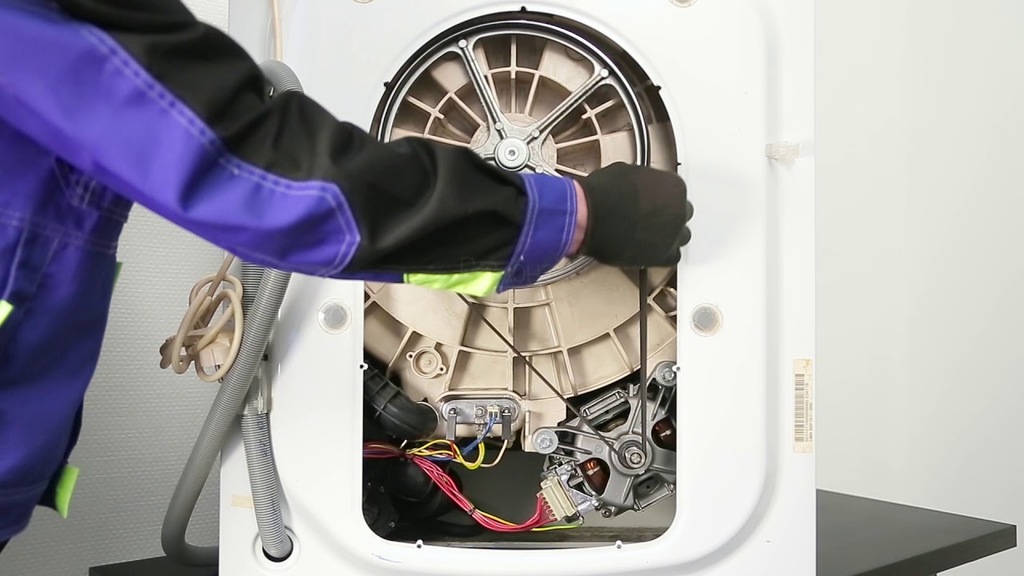
Foreign object
If the squeak is caused by the presence of a foreign object inside the washing machine, you need to carefully check the drum for its presence. If you find any item, remove it to avoid further problems.
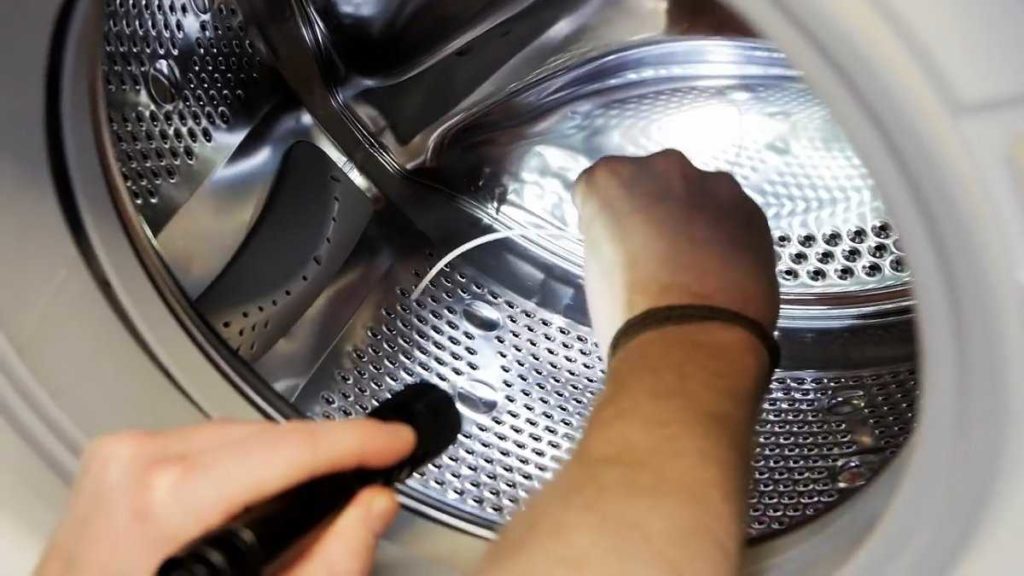
Backlash on the shaft
If the cause of the squeak is play in the shaft, adjustment or replacement of the associated components may be necessary. Such work requires certain skills and tools, so it is recommended that you contact a professional or an authorized service center to carry out repairs. Sometimes you can try to eliminate the backlash by adjusting the position of the machine.
Body parts are movable
If the noise is caused by movement of some parts of the housing, you need to check the fastenings and secure them, if possible. Use a screwdriver or other suitable tools to secure all moving parts tightly and reduce noise.
Bearings
Replacing bearings is often a complex procedure and requires special tools. You will need to identify the problem, select the correct replacement and install a solution.It is recommended that you have the bearings inspected and replaced by a qualified technician or service center.
What to do to eliminate noise and crackling in the pump
Often noises and extraneous sounds occur in the washing machine pump. This problem can be diagnosed and fixed without the help of professionals.
Checking the drain filter
Noise and crackling noise in the washing machine pump can be caused by a clogged drain filter. This element is located on the front or bottom of the machine, next to the pump.
To check the drain filter, follow the washing machine manufacturer's instructions. You need to turn off the device, disconnect from the power source, open the cover or remove the front panel and check the filter for blockages.
If the filter is clogged, clean it of dirt, hair or other obstructions. Make sure it is installed correctly after cleaning.

Checking the pipe and hose
If the drain filter is not clogged, the next step is to check the pipe and hose that connect the pump to other components of the washing machine. Make sure that the pipe and hoses are not kinked or pinched. Check for obstructions, such as accumulations of dirt or laundry detergent, and clean them if necessary. Also make sure that all connections are tight and there are no leaks.
If damage to the pipe or hoses is found, they will need to be replaced.
If the pump continues to make noise or rattles after these checks, it is recommended that you contact a professional technician or service center for further diagnosis and repair.
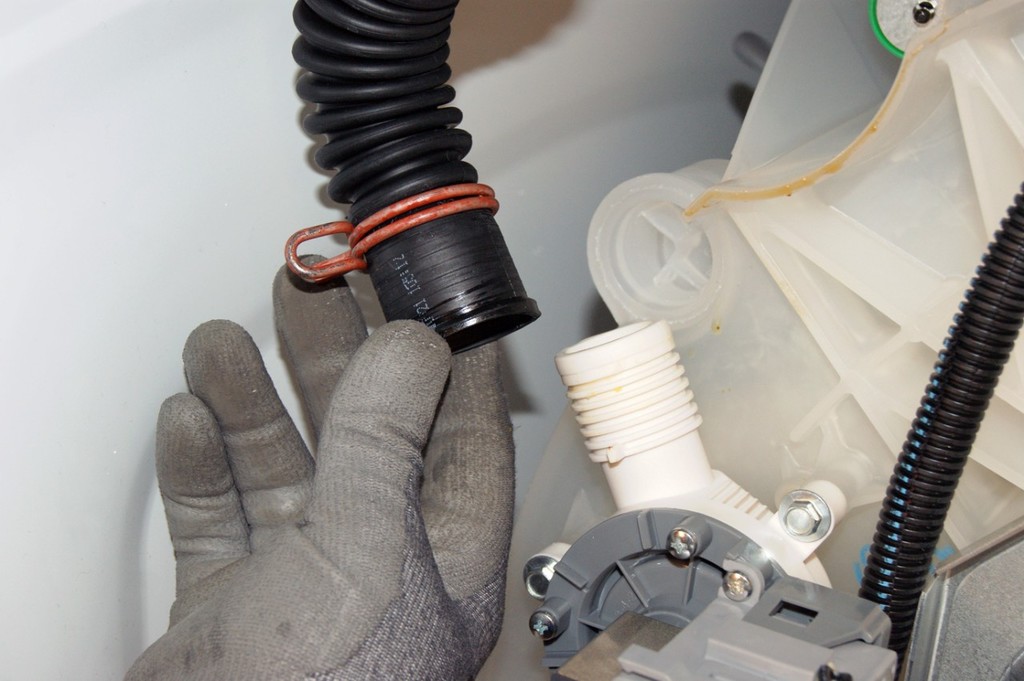
Preventing blockages so that the pump does not make noise
The following procedures will help prevent blockages and noise in the washing machine pump:
- Regular cleaning of the drain filter.The drain filter is the first barrier to prevent large objects and dirt from entering the pump. Check and clean the filter regularly according to the manufacturer's instructions. This will prevent the pump from clogging and improve its performance.
- Checking pockets. Before washing, carefully inspect your clothing pockets to make sure there are no small objects such as coins, buttons or locks in them. These items can get caught in the drum and enter the pump, causing clogs and noise. Remove all items from pockets before washing.
- Pre-treatment of dirty clothes. If your clothes are heavily soiled with dirt or sand, it is recommended to pre-rinse them or shake them outside to remove excess dirt particles. This will help prevent large contaminants from getting into the drum and pump.
- Use of special means. To prevent oil, grease and deposits from accumulating inside your washing machine, regularly use special detergents or additives to clean your washing machine. They will keep your pump clean and efficient.
- Checking and cleaning pipes and hoses. Regularly check the pipes and hoses that connect the pump to other components of the washing machine. Make sure they are not twisted, pinched, or clogged with dirt or debris. If obstructions are found, clean the pipes and hoses.
- Proper use of the washing machine. Follow the manufacturer's recommendations for maximum laundry loads to avoid overloading the drum. An overloaded drum can cause uneven distribution of laundry and increase the risk of pump clogging.
Following preventative measures will help prevent clogs and noise in your washing machine pump, ensuring more efficient operation and longer life of the machine.






